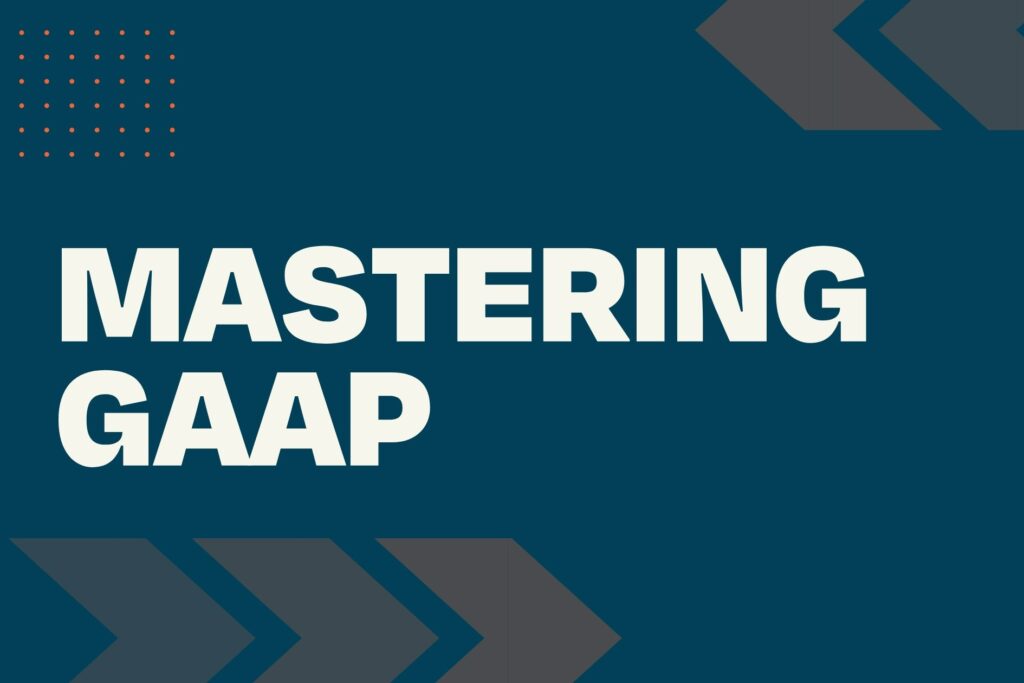US GAAP, or Generally Accepted Accounting Principles, is the set of accounting standards used by US companies to prepare their financial statements. US GAAP is updated regularly to reflect changes in the accounting environment and to ensure that financial reporting remains transparent and accurate. In this blog, we will discuss some of the recent changes in US GAAP.
- Accounting for Leases: One of the most significant changes to US GAAP in recent years is the adoption of the new lease accounting standard, ASC 842. The new standard requires lessees to recognize all leases, including operating leases, on the balance sheet, and provides new disclosure requirements for lessors.
- Revenue Recognition: In 2018, the Financial Accounting Standards Board (FASB) issued a new revenue recognition standard, ASC 606, which replaced the previous guidance under ASC 605. The new standard requires companies to recognize revenue when control of goods or services is transferred to customers, and provides new disclosure requirements to help investors better understand the nature, amount, timing, and uncertainty of revenue and cash flows arising from contracts with customers.
- Financial Instruments: In 2016, the FASB issued new guidance on accounting for financial instruments, which addresses the classification and measurement of financial instruments, impairment of financial assets, and hedge accounting. The new standard, ASC 326, requires companies to use a forward-looking expected credit loss model to estimate the allowance for credit losses, and provides new disclosures to help investors better understand the credit risk exposure of financial instruments.
- Goodwill Impairment: In 2019, the FASB issued new guidance on accounting for goodwill impairment, which simplifies the accounting for goodwill impairment by eliminating the requirement to perform a two-step impairment test. Under the new guidance, companies are required to test for impairment at the reporting unit level and recognize any impairment loss in the amount of the excess of the carrying value of the reporting unit over its fair value.
- Lease Modifications: In 2020, the FASB issued new guidance on accounting for lease modifications related to the COVID-19 pandemic. The new guidance provides relief for lessees and lessors by allowing for certain lease modifications to be accounted for as lease modifications rather than as new leases, and provides new disclosure requirements related to the impact of the pandemic on lease agreements.
In conclusion, US GAAP is constantly evolving to reflect changes in the accounting environment and to ensure that financial reporting remains transparent and accurate. Companies should stay up to date with the latest changes in US GAAP to ensure that they are complying with the latest accounting standards and to provide investors with the information they need to make informed decisions. By staying informed about the latest changes in US GAAP, companies can achieve their financial reporting objectives and maintain the trust of their stakeholders.

